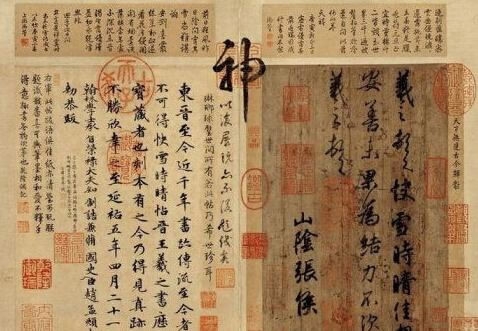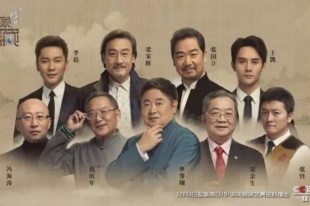A variety show that brings cultural relics back to life

Bring relics back to life
Aiming at “bringing life to the national treasures," the show has collected 27 pieces of cultural relics from nine museums across the country, including the Palace Museum, Shanghai Museum, Shaanxi History Museum, Hubei Provincial Museum and Liaoning Provincial Museum.
The producers also invited 27 actors and another 27 ordinary people to be the “guardians” of the relics, to tell the “previous and present life stories” of the relics. The celebrity guardian would stage a short play about the origins of each relic, and the other guardian would tell their own stories in relation to the relics.

Curators from the nine museums have formed a jury, who give expertise to the relics on display.
Audiences were not only attracted to the priceless cultural relics, but also by the story narrations, which have been adopted for many sensational online topics and jokes, in efforts to bring the museums and relics closer to the public.
For instance, in the first episode, a vase dubbed by Emperor Qianlong of the Qing Dynasty (1644-1912) as “Mother of Porcelains” was introduced to the audience.
Emperor Qianlong is notorious for the massive stamps and comments he left on China’s ancient calligraphies and paintings, which nearly ruined the masterpieces. He is often judged by modern Chinese social media users as having a poor taste in aestheticism.
The vase has 15 layers of glazes and colors, and has combined the craftsmanship of various types of porcelains. It is the masterpiece of the best artisans of the time, and is a demonstration of the highest porcelain-making skills. However, it also posed a huge contrast to the traditional Chinese aestheticism of simplicity and elegance.
In the playlet, Emperor Qianlong, starred by sensational Chinese actor Wang Kai, was given the chance to defend himself against the modern judges and criticism. He explained that by making such a vase, he was attempting to combine the essence of Chinese porcelain culture and was expressing his inclusiveness towards culture.





































